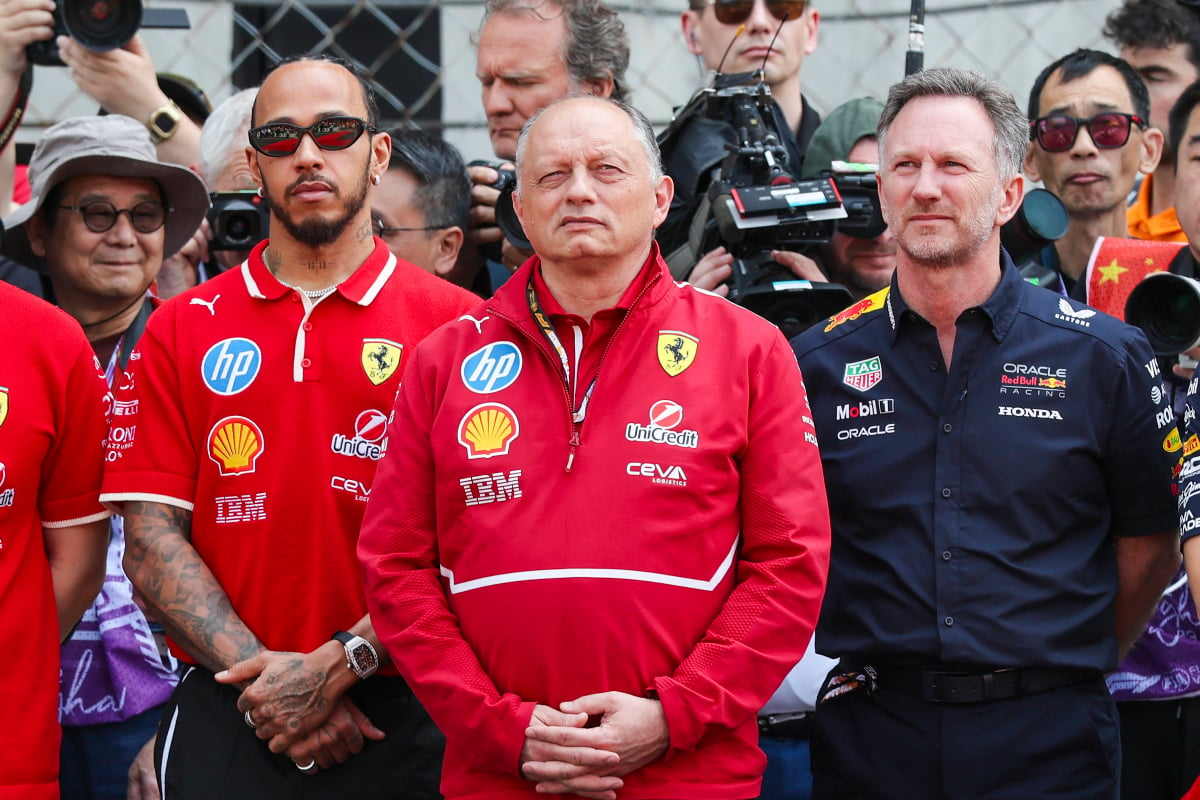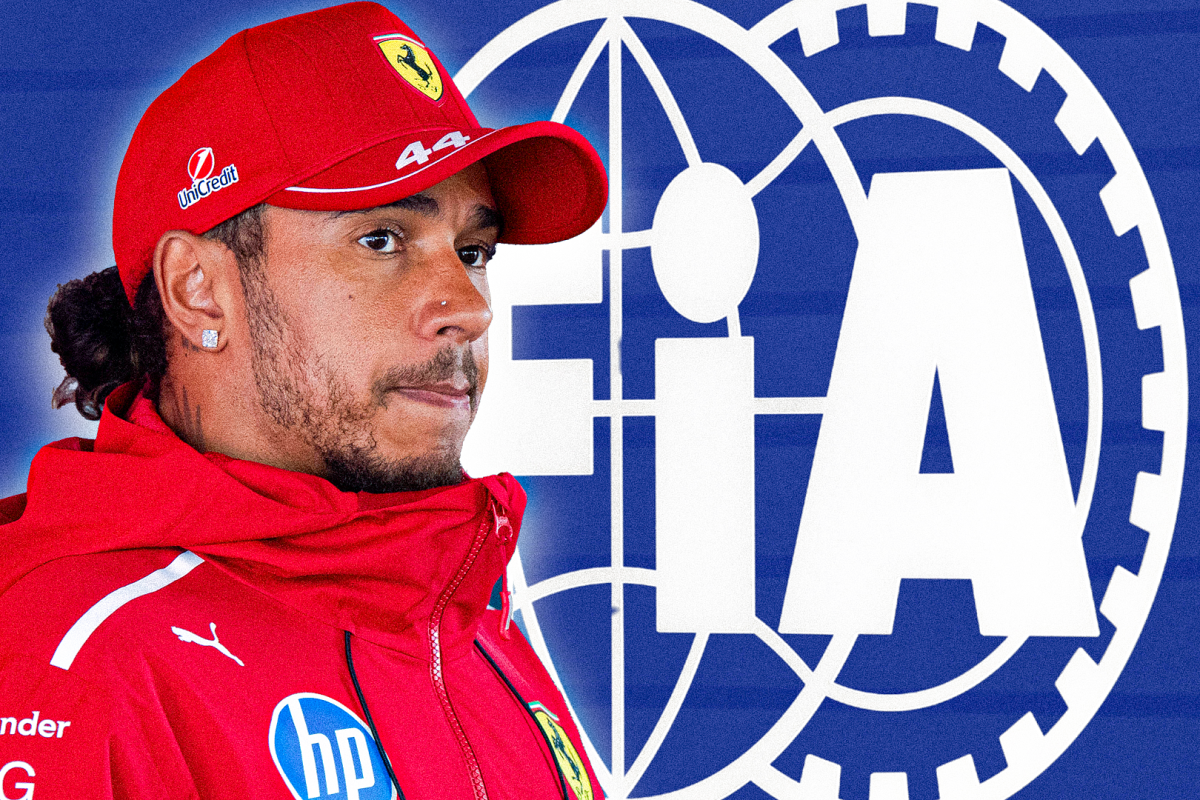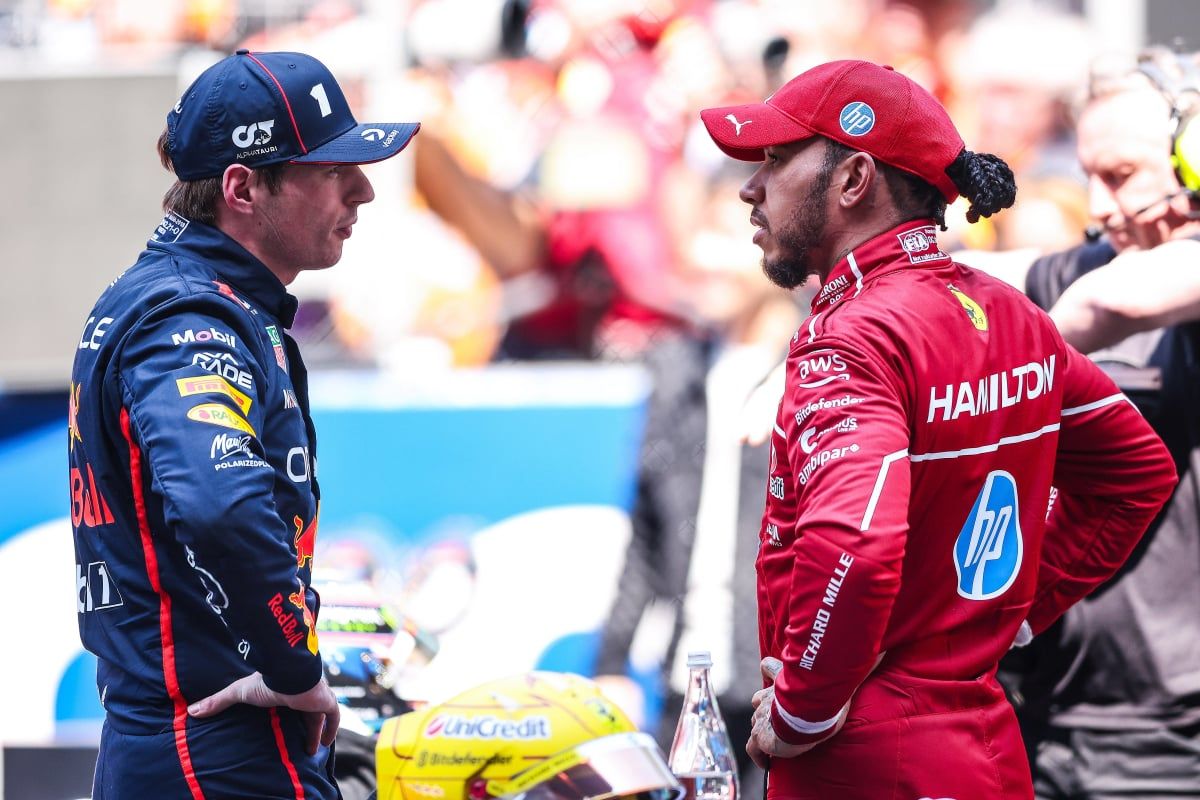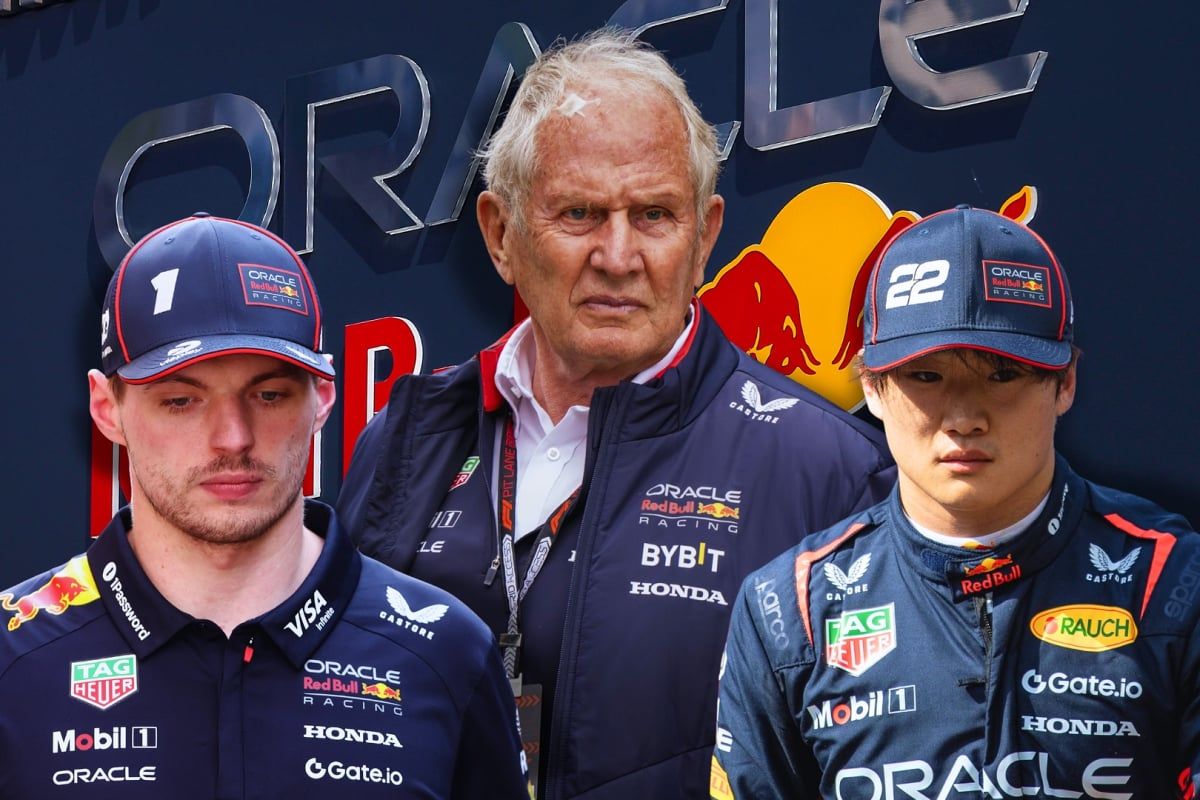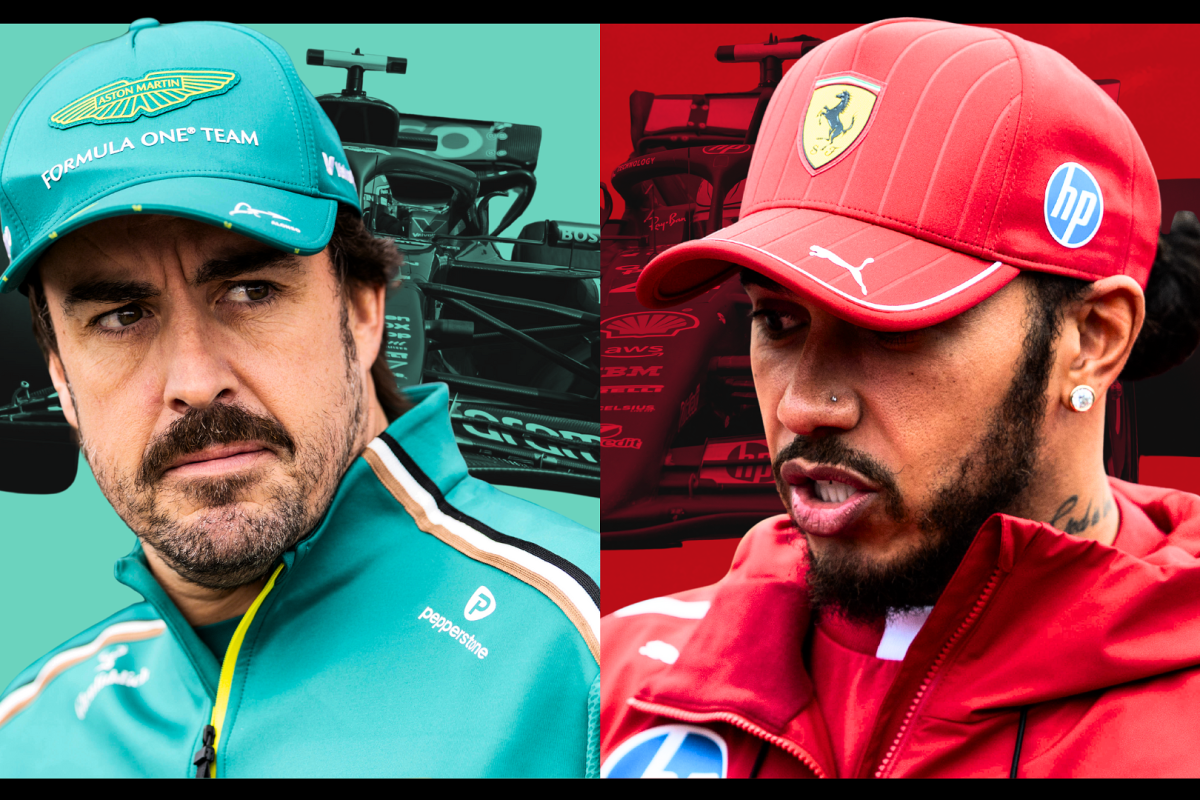Ferrari chief issues update on Vasseur f…read more
Ferrari’s hopes of a title resurgence in the 2025 Formula 1 season have been steadily unraveling, and the pressure is now mounting not just on the drivers but also on the leadership at the helm. At the heart of this scrutiny is team principal Fred Vasseur, whose future with the Scuderia appears increasingly uncertain amid a turbulent campaign. Ferrari CEO Benedetto Vigna recently addressed the situation, offering an ambiguous update on Vasseur’s status that has done little to quell speculation. Speaking to Sky Italia, Vigna stated, “Vasseur’s future? He’s the team principal, it’s July and we’re discussing it. Teams grow with difficulties. The union is strength and in Ferrari this exists and is what I breathe here.” His comments were measured and diplomatic, but they underscored the critical juncture at which Ferrari currently finds itself.
The Italian team entered 2025 with sky-high expectations following a promising 2024 season where they finished just 14 points shy of constructors’ champions McLaren. The optimism was amplified by the headline-making acquisition of seven-time world champion Lewis Hamilton, brought in to replace the in-form Carlos Sainz. The decision, championed by Vasseur, was intended to inject world-class pedigree into the squad and potentially end Ferrari’s championship drought that dates back to 2008. However, halfway through the season, the gamble has yet to pay dividends. After 12 races, Ferrari finds itself trailing McLaren by a staggering 238 points in the constructors’ standings, making any realistic shot at either the drivers’ or constructors’ championships virtually impossible.
This regression in performance is being keenly felt within the team. Despite still holding second place in the constructors’ championship, the contrast between expectation and reality has been stark. Charles Leclerc and Lewis Hamilton currently sit fifth and sixth, respectively, in the drivers’ standings—a clear indication that the SF-25 has not lived up to its billing. Even more troubling is the fact that Hamilton, expected to lead Ferrari’s charge toward glory, has yet to claim a single grand prix podium with the team. His struggles have been compounded by strategic blunders, uncompetitive race pace in key moments, and a general lack of synergy between the car and the conditions, particularly in the wet.
The British Grand Prix at Silverstone exemplified Ferrari’s woes. Although Hamilton equaled his best finish for the team in fourth place, it was a race riddled with missed opportunities. Strategic indecision and underwhelming performance in the closing stages meant Hamilton was beaten to the podium by Haas driver Nico Hülkenberg—a result that would have been unthinkable at the season’s outset. After the race, Hamilton openly criticized the car’s handling in the wet, lamenting the SF-25’s lack of balance and grip. Meanwhile, Charles Leclerc suffered one of his worst results of the season, finishing a distant 14th. Poor pit strategy and indecisive calls from the Ferrari pit wall left him stuck in the midfield during the chaotic, changeable weather conditions.
These results have inevitably intensified scrutiny over Vasseur’s leadership. Reports have emerged that Ferrari may decide on his future before the summer break, especially as his contract expires at the end of the 2025 season. While Vigna’s comments during the British Grand Prix weekend were non-committal, they did little to silence the mounting speculation. The revelation that he and Vasseur had lunch together at Silverstone added fuel to the fire, with many assuming that the meal was more than just a casual catch-up. However, Vasseur was quick to downplay any such suggestions, telling reporters, “I have nothing to add about the discussion with Mr. Vigna.” While this may have been an attempt to keep things under wraps, the optics suggest that a decision may be looming.
Vasseur’s tenure at Ferrari was always going to be scrutinized heavily, given the team’s illustrious history and intense media spotlight. His decision to let Carlos Sainz go in favor of Hamilton was a bold one, but boldness in F1 can quickly turn to liability when results don’t follow. While it’s true that Ferrari’s performance issues cannot be pinned solely on Vasseur—many problems are systemic, from car development to pit wall decision-making—he is nevertheless the figurehead, and in F1, the buck often stops with the team principal. Internal friction, public pressure, and unmet expectations all contribute to a climate that is ripe for change, particularly within a team as politically charged and emotionally driven as Ferrari.
It’s important to note that Ferrari is not in complete disarray; they remain the second-fastest team on paper and have the resources, drivers, and infrastructure to bounce back. However, with McLaren surging ahead and Red Bull recovering from internal upheaval, the window for Ferrari to capitalize on their current lineup and infrastructure appears to be narrowing. As the summer break approaches, all eyes will be on Maranello. Will the team opt to stick with Vasseur and give him the time needed to complete the transformation he started, or will they take a different route in hopes of reinvigorating their title challenge for 2026 and beyond?
Whatever decision Ferrari makes, it will send shockwaves through the paddock. For now, Vasseur remains in charge, but the clock is ticking, and with each passing race, the pressure only intensifies. Whether he can turn the tide in the second half of the season or becomes the latest casualty in Ferrari’s never-ending quest for dominance remains to be seen.
